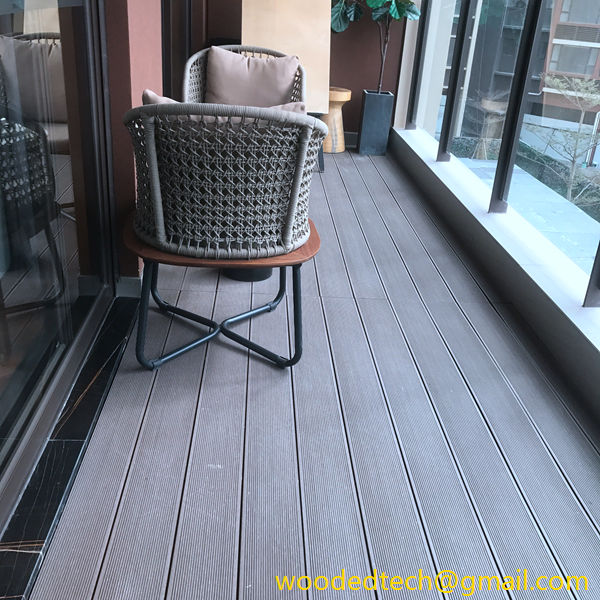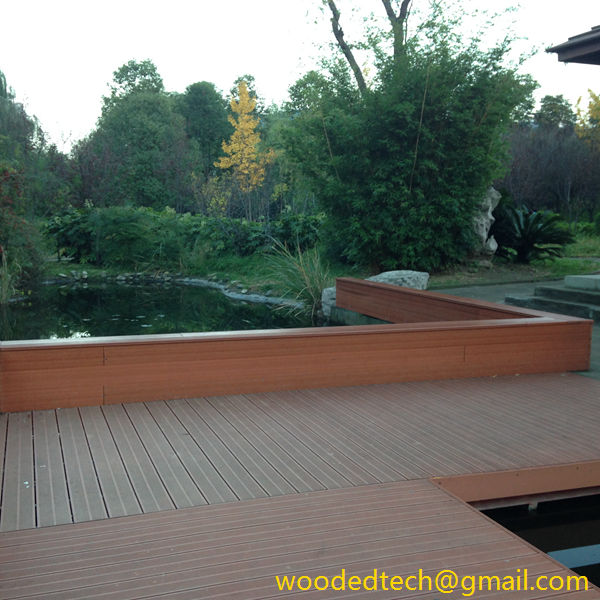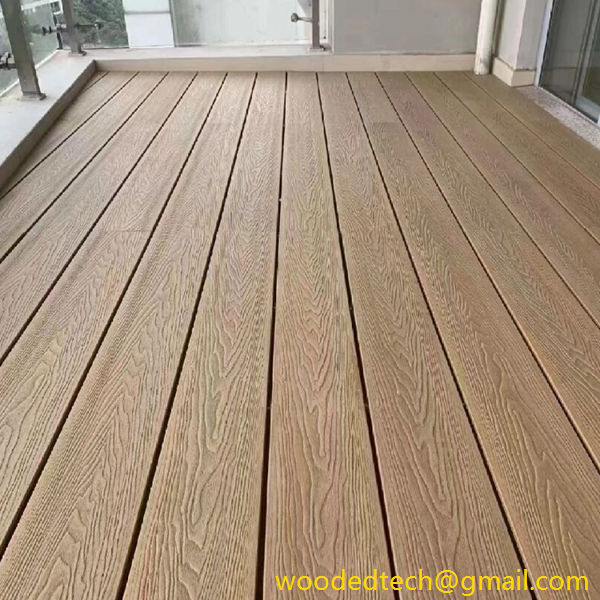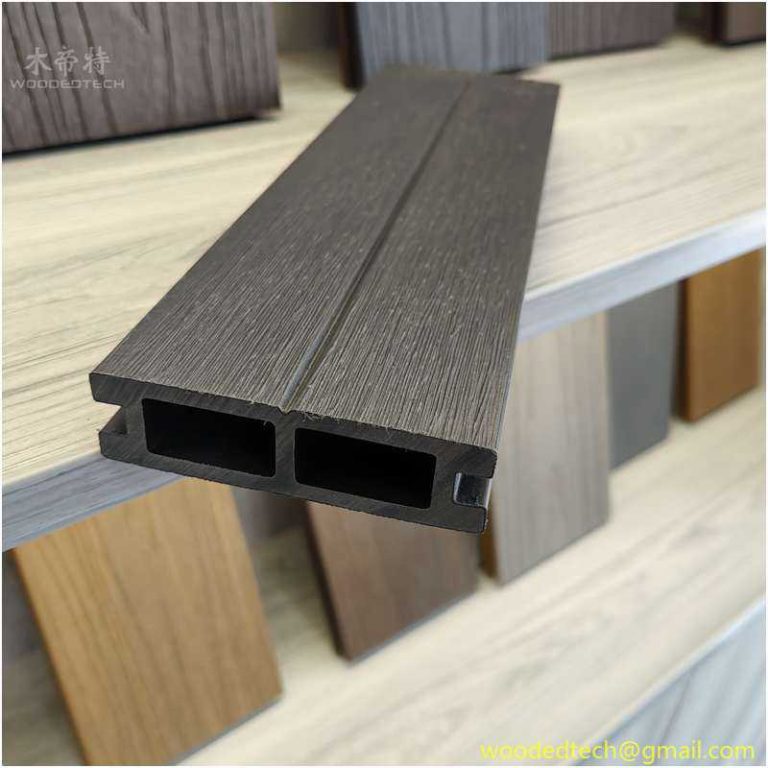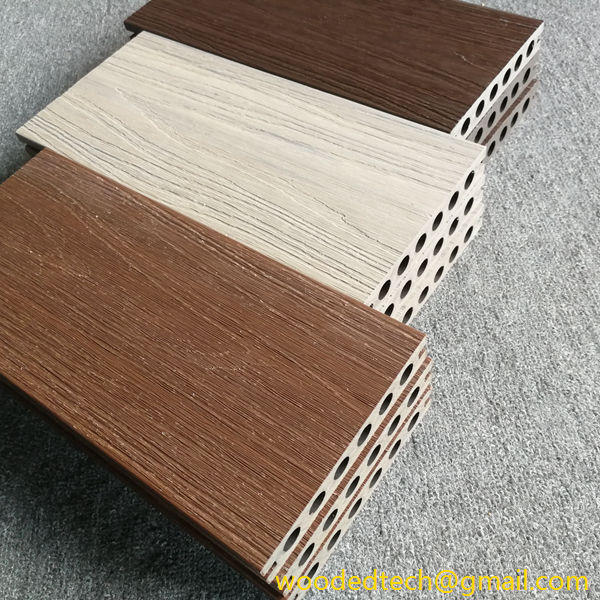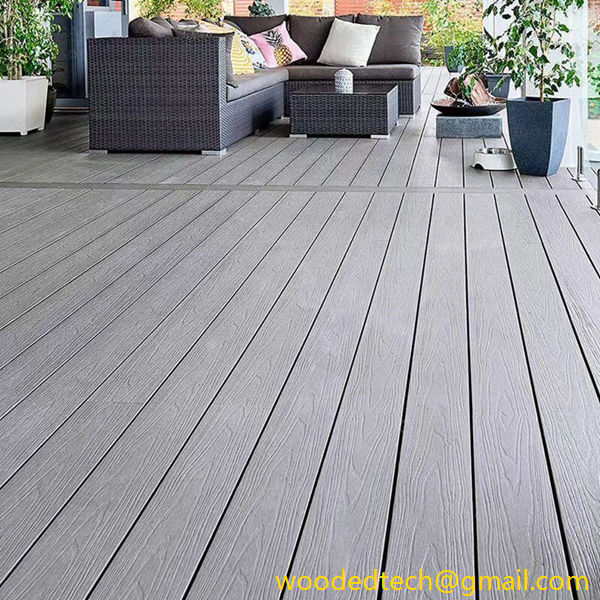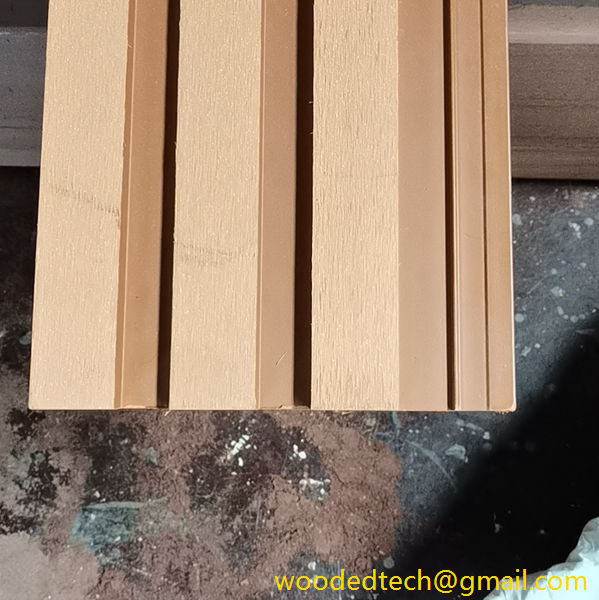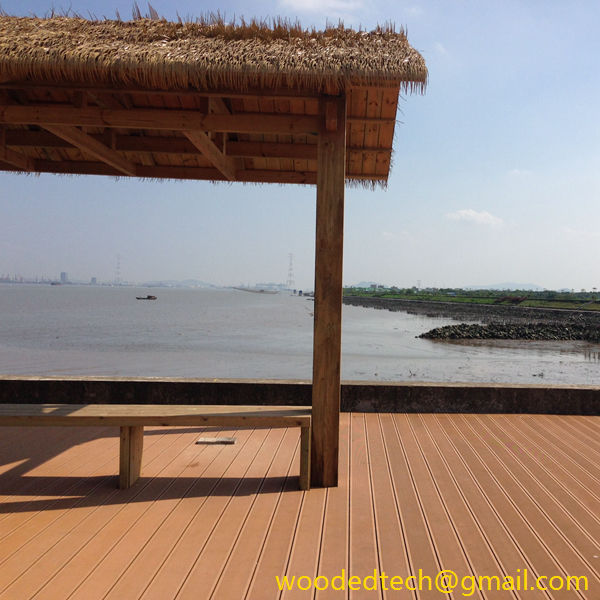Понимание стоимости композитного настила для составления бюджета
Понимание стоимости композитного настила для составления бюджета Когда речь заходит о благоустройстве открытых жилых пространств, одним из самых популярных вариантов среди домовладельцев является композитный настил. Известные своей долговечностью, неприхотливостью в обслуживании и эстетической привлекательностью, композитные настилы получили широкое распространение в последние годы. Однако, прежде чем приступить к реализации проекта, важно понять...
Понимание стоимости композитного настила для составления бюджета
When it comes to enhancing outdoor living spaces, one of the most popular choices among homeowners is composite decking. Known for its durability, low maintenance, and aesthetic appeal, composite decking has gained significant traction in recent years. However, before undertaking a decking project, it is crucial to understand the costs associated with composite decking to ensure proper budgeting.
The initial investment in composite decking can vary widely based on several factors. One of the most significant factors influencing the cost is the material itself. Composite decking is made from a mix of wood fibers and plastic, and the quality of these materials can differ significantly between brands. Higher-quality composites tend to be more expensive, but they also offer better durability and longer lifespans. When budgeting for composite decking, it is essential to consider the long-term benefits of investing in higher-quality materials, as they may save you money on repairs and replacements in the future.
Another crucial aspect to consider is the size of the area you plan to deck. The total square footage needed will directly impact your overall cost. To get a clearer picture of the materials you need, measure the area accurately and calculate the square footage. Keep in mind that most composite decking boards come in standard sizes, so you may need to factor in waste and cuts when estimating your material requirements.
In addition to the cost of materials, installation expenses can significantly influence the overall budget for your composite decking project. While some homeowners choose to tackle the installation themselves to save money, it’s important to weigh the benefits and challenges of a DIY project. Installing composite decking can be a labor-intensive process, requiring specific tools and knowledge of proper techniques. If you are not confident in your ability to install the decking correctly, hiring a professional may be the best option. Professional installation typically incurs additional costs but can save you time and provide peace of mind that the job is done correctly.
When hiring a contractor for installation, be sure to obtain multiple quotes to ensure you are getting a fair price. Different contractors may offer varying rates based on their experience and the complexity of the project. Additionally, ask for references and check online reviews to ensure you are hiring a reputable contractor. While it might be tempting to go with the cheapest option, consider the value of quality workmanship and the potential costs of future repairs if the installation is not done correctly.
It is also essential to factor in additional costs that may arise during the decking project. For instance, if your existing deck needs to be removed or if you are building on uneven terrain, you may encounter additional labor and material costs. Furthermore, consider whether you will need to invest in additional features, such as railings, stairs, or lighting, as these can significantly increase your overall budget.
One of the appealing aspects of composite decking is its low maintenance requirements compared to traditional wood decking. While the initial investment may be higher, composite decking does not require regular staining, sealing, or painting, which can save you money in the long run. Additionally, composite materials are resistant to rot, splintering, and insect damage, which means you are less likely to incur repair costs over time. When calculating your budget, take into account the potential savings associated with reduced maintenance and repairs.
Another factor to consider when budgeting for composite decking is the warranty offered by manufacturers. Many composite decking products come with warranties that can range from 10 to 50 years, depending on the brand and product line. A solid warranty can provide peace of mind and protect your investment. When comparing products, take note of the warranty terms and what they cover, as this can also influence your decision and overall budget.
Lastly, it is important to stay informed about current market trends and pricing for composite decking. Prices can fluctuate due to various factors, including supply chain issues and demand. Researching current prices and keeping an eye on seasonal sales or promotions can help you save money on your composite decking project. Additionally, consider reaching out to local suppliers or home improvement stores to inquire about bulk pricing or discounts for larger purchases.
In conclusion, understanding the cost of composite decking is essential for effective budgeting and planning. By considering the quality of materials, the size of the area to be decked, installation costs, potential additional expenses, and the long-term savings associated with maintenance, you can create a comprehensive budget that ensures your project is both affordable and successful. Whether you choose to install the decking yourself or hire a professional, taking the time to plan and budget wisely will help you achieve the outdoor space of your dreams while keeping your finances in check.

